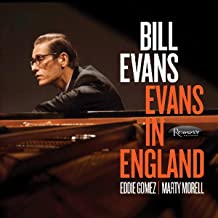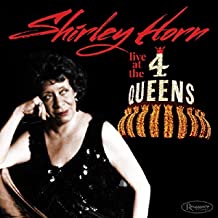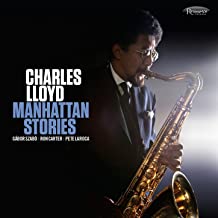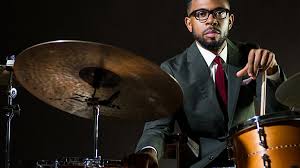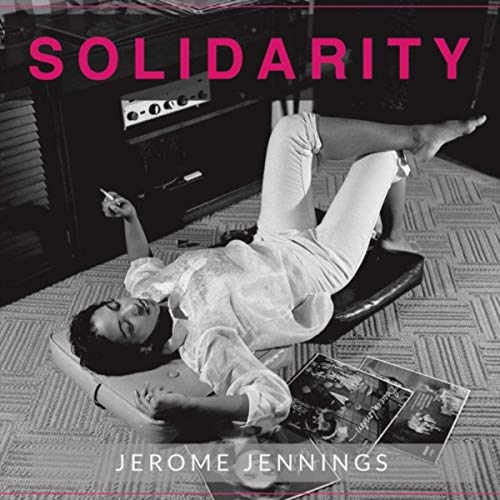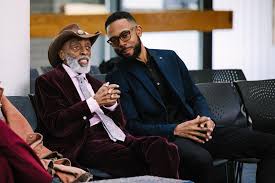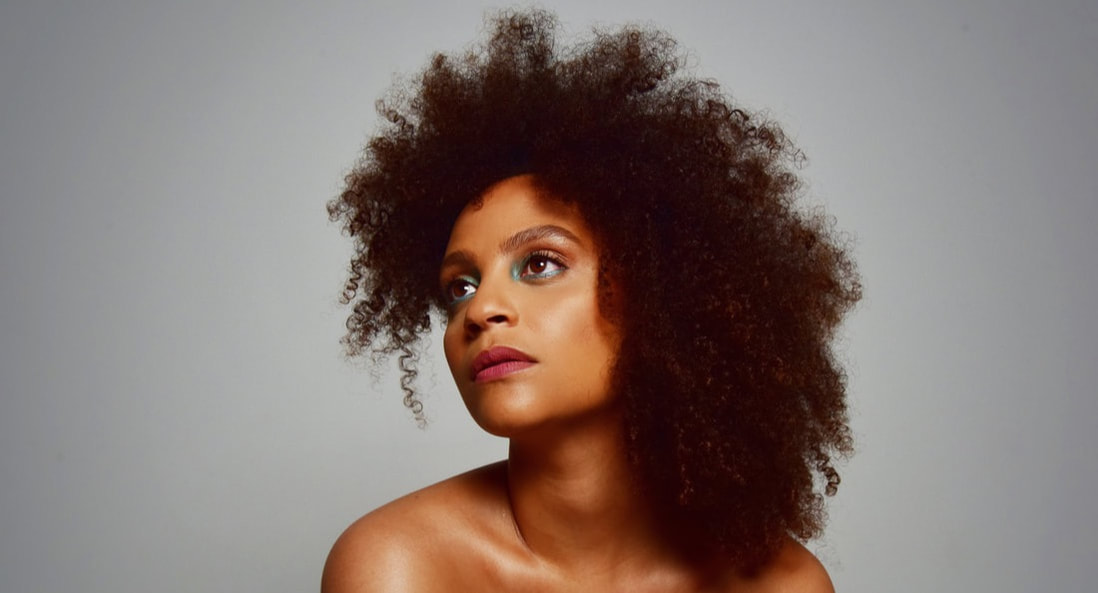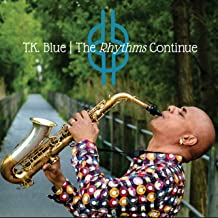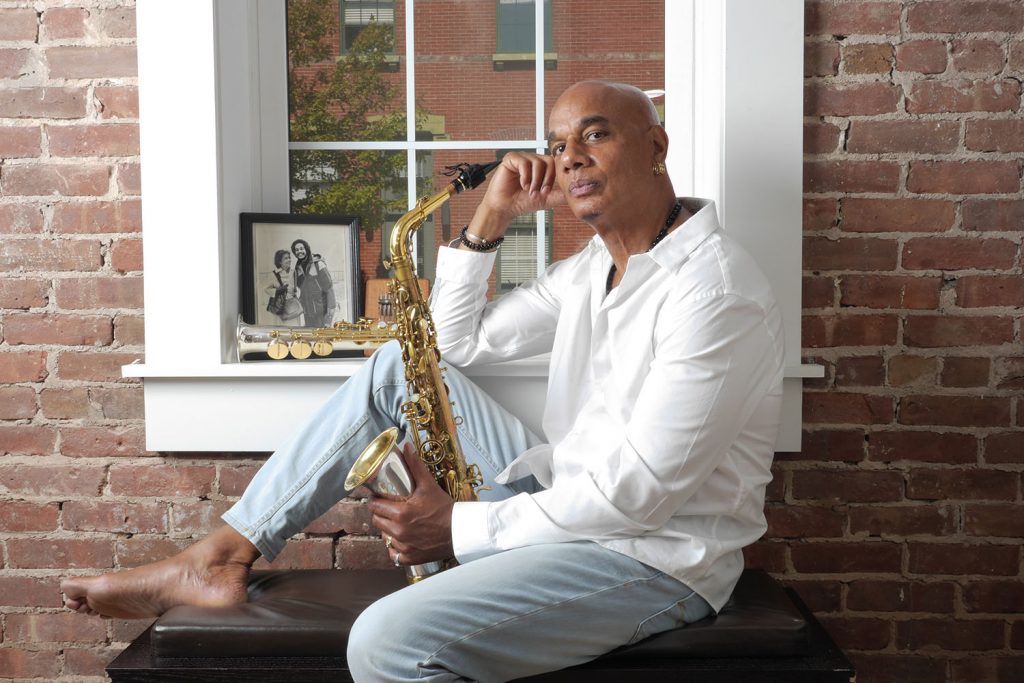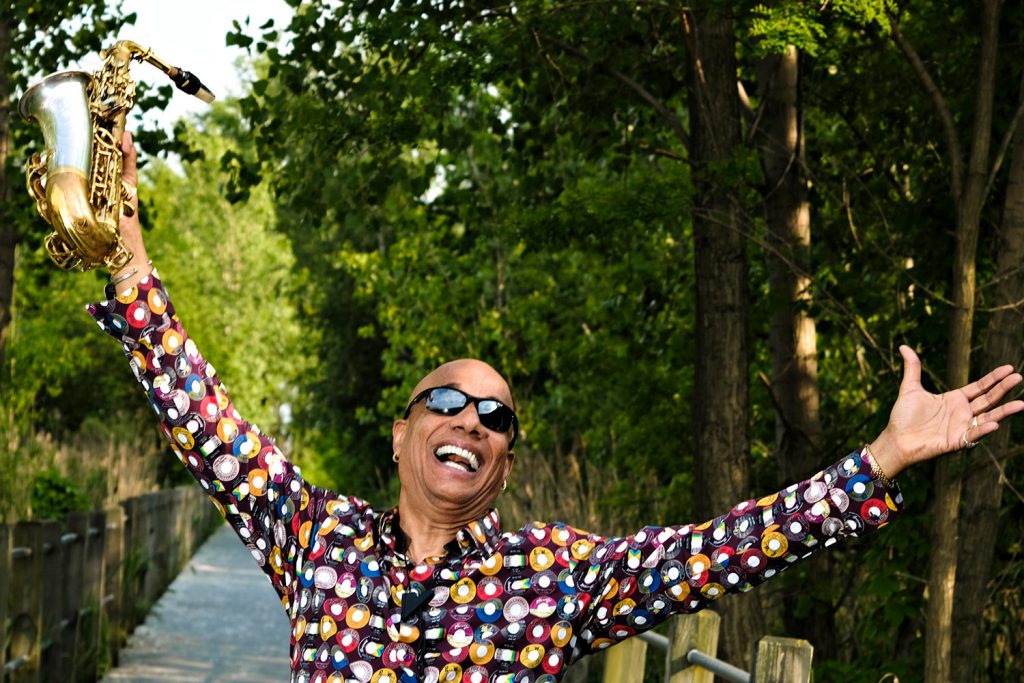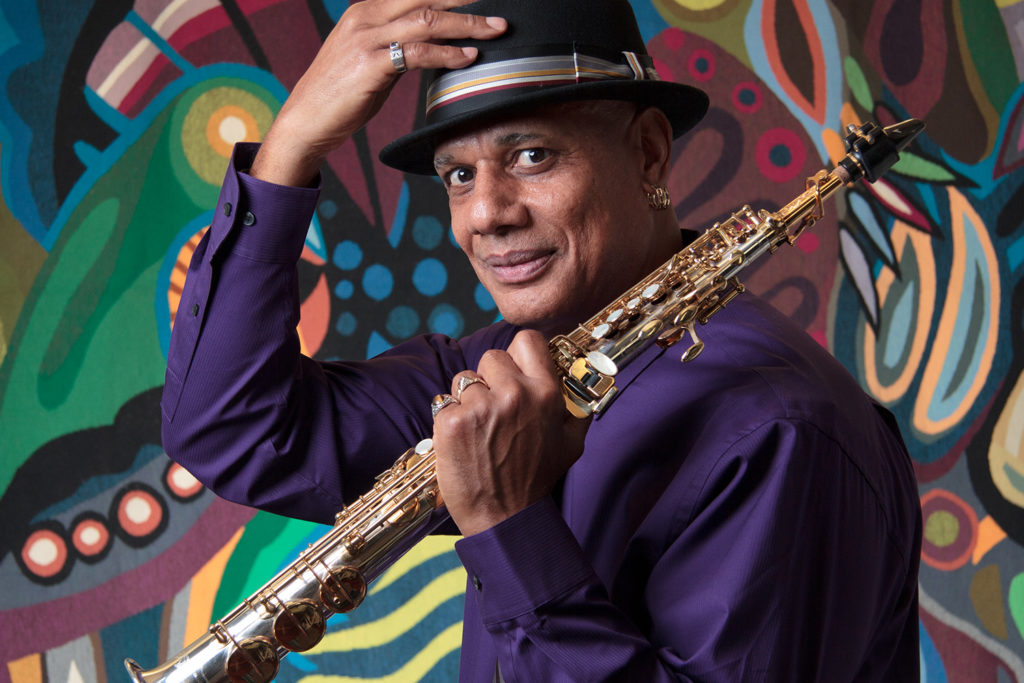
One of the most rewarding books I’ve read this year, and certainly a surefire nominee for the annual Jazz Journalist Association award for best book has to be Mark Stryker’s Jazz From Detroit. The Motor City is known from a musical perspective first and foremost for being the birthplace of the legendary Motown Records. But even a closer examination of that vaunted touchstone of pop music history reveals that Motown’s founder, Berry Gordy, built that voice dominated tradition on a foundation of jazz instrumentalists.
Detroit is both birthplace and incubator of some of jazz music’s finest talent, including many jazz masters and hall of famers. Journalist Mark Stryker has written a book loaded with insights on the city’s vibrant jazz history, including the each-one-teach-one mentality of several notable musicians who contributed not only their fine skills to the scene and eventually the world stage, but also recognized the value of mentoring succeeding generations of jazz musicians following in their footsteps. Jazz From Detroit is such an exceptionally informative read that we recently reached out to its author Mark Stryker with a few questions. Here are his expansive and informative responses to our Independent Ear inquiry.
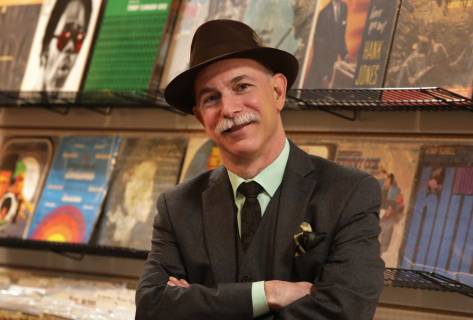
What was your original motivation for writing this book?
Even before arriving in Detroit in 1995, I knew in a general sense about Detroit’s reputation for producing great jazz musicians. But it was only after I got here — as an arts reporter and music critic with the Detroit Free Press — that I began to realize just how deep the tradition ran. For one thing, I learned that for every musician who left Detroit and got famous, another one stayed behind who played almost as well, occasionally just as well. Then I realized that beyond Hank, Thad, and Elvin Jones, Barry Harris, Tommy Flanagan, Donald Byrd, Curtis Fuller, Yusef Lateef, Louis Hayes, and other high-profile hard bop players, there were a huge number of “name” musicians who came from Detroit or spent significant time here that most folks don’t always associate with the city — Howard McGhee, Lucky Thompson, Gerald Wilson, Eddie Locke, Major Holley, Doug Hammond, and many others.
Over time, I also began to understand the fundamental role that the Detroit Public Schools’ peerless music programs played in seeding the jazz scene and the outsized influence that community mentors, particularly Barry Harris and Marcus Belgrave, had in perpetuating the tradition. Then one night at Baker’s Keyboard Lounge in 2005, I heard the pianist Kenn Cox give a between-tune de facto sermon to the audience in which he said, “Jazz wouldn’t be the same without Detroit.” That was the catalyst.
I realized there was a larger story to tell about the profound influence of the Detroit Diaspora on the course of modern and contemporary jazz. No one had put all these pieces today and chronicled that impact in a comprehensive way, explained how and why Detroit became such an important center for the music at midcentury, and then how the city sustained its influence decade after decade, even as its economic might and population declined. Detroit’s jazz legacy was not a historical fluke. It grew out of a particular set of economic, social, and cultural factors, and the talents of specific musicians. It continued because enough of the infrastructure — schools, mentors, engaged and nurturing audiences — remained in place to regenerate the scene.
I also felt that many of Detroit’s greatest musicians hadn’t been written about with the depth that they deserved. I wanted to produce profiles that explored their lives and music — to create a sense of who they were as people off the bandstand, while also digging into the marrow of their art with substantive analysis and criticism. I was a reporter and music critic at the Free Press, and I grew up as alto saxophone player and took an influential jazz history seminar at the University of Illinois with the seminal scholar Larry Gushee, who preached meticulous scholarship. I tried to honor all of those facets of my background in writing the book. A shorter way of saying all of this is that I wanted to give Detroit
its due.
How did you determine which artists to interview, and given the wealth of contributing musicians from Detroit, what was your process for determining which musicians to feature?
Deciding who to include and who to leave out was painful! I have an appendix in the book that lists Detroit musicians by instrument and there are about 175 names, and I could have listed scores of others. So many significant players came of age in the 1940s and ‘50s alone that it would have been easy to fill the book only with them. But it was critical to me to bring the story up the present day. Detroit jazz is an ongoing, living tradition. That meant from the get-go some big names from the past weren’t going to make the cut. One way I made choices was that if a musician was already the subject of a full- length biography (or one in progress), of if there was already a substantial journalistic or scholarly account of their lives, I felt I could leave them out in good conscience. I know that’s a dubious rationalization, but it allowed me to sleep better at night by justifying the exclusion of Paul Chambers, Betty Carter, Pepper Adams, Frank Rosolino, Sonny Red, Roy Brooks, and Faruq Z. Bey. About half the chapters started as pieces of various kinds for the Free Press (profiles, reviews, obituaries, short features), though they were extensively revised and expanded for the book. Some of the fundamental interviews go back to my earliest days at the paper — Kenny Burrell and Joe Henderson, for example, were both interviewed in 1996, and many other interviews were done in the course of my tenure at the paper from 1995-2016. Particularly valuable were those pieces that grew out of reporting trips that allowed me to spend significant time with a subject, such as spending a couple days in New York hanging around Barry Harris and watching him teach, or traveling to Atlantic City with Louis Hayes for a gig, or visiting Hank Jones at his home in upstate New York. Some subjects were interviewed multiple times through the years, during and after my time at the paper. Having said all that, there were musicians that I interviewed in person who still didn’t make it into the book – Bennie Maupin and Alice Coltrane among them.
Some musicians died before I was even writing professionally (Thad Jones) and others I never got a chance to talk to for one reason or another (Milt Jackson, Elvin Jones, Donald Byrd, Roland Hanna). In these cases, I felt they were simply too important to leave out, and I relied on archival interviews and secondary sources. (I should add that I interviewed colleagues, friends, family, etc. for all of the musicians profiled in the book.)
In the end, I tried to balance issues of importance and influence, generation, whether I had something unique to say, whether I had interviewed a subject, whether there were other books or materials of quality already in circulation, and my own subjective favorites. For what it’s worth, the four musicians whom I’m most sorry I did not find room for are bassists Doug Watkins and Paul Chambers, the underrated pianist Terry Pollard and trumpeter Howard McGhee. For reasons of space, I also had to cut at the 11th hour what I thought was an entertaining chapter about Soupy Sales, the TV personality, who played an important role as an advocate for jazz in Detroit in the 1950s.
The interviews and profiles aside, the hardest part of writing the book was creating a cohesive organizational structure and writing the thematic chapters that connected the dots between individual musicians and styles across the generations and the complex history of Detroit since 1940. I toggle back and forth between the Diaspora and keeping up with what’s happened on the ground back in Detroit. My editors and I talked a lot about the overall arc of the book and making sure that we were creating a gestalt rather than just a collection of individual profiles — balancing the big picture with the close-ups.
When I was at Arts Midwest in the mid-late ’80s developing their former regional jazz service program, which included interviewing a number of Detroit’s prominent resident musicians and subsequently producing technical assistance workshops for musicians there, I was constantly impressed at the number of activist musicians in Detroit. There was always a sense that Detroit musicians were often self-starters when it came to developing opportunities for themselves and finding means of supporting their and others’ work. Why has Detroit in particular been a place of more than a few activist DIY jazz musicians?
Good question. I think there are three basic reasons. First, no American city declined further from its midcentury peak in terms of economic power and population than Detroit in the 1970s, ‘80s, ‘90s and early 2000s. So, if you were a jazz musician here, the shifting economic and demographic landscape of the city and declining traditional opportunities for club and recording session work —particularly after the bloody summer of 1967 and Motown’s departure for Los Angeles in the early ‘70s — demanded that you do it yourself or perish. Second, Detroit, going back to at least the 1930s, was a locus of black achievement, ambition, and aspiration, and that helped create a culture of activism and self-reliance. Thanks to the combined impact of the auto industry and the Great Migration, Detroit was on leading edge of creating a black working and middle class in America. In 1950, the city was the 5th largest in country with 1.85 million people. More than 300,000 of those residents, about 16%, were black. In his essential book Black Detroit, Herb Boyd writes that, “Whether from the pulpit, the foundry, or the political arena, Detroit’s black community has always been active and highly volatile”. Worth noting too is that the Nation of Islam was founded in Detroit in 1930.
Third, as far back as 1953, when Kenny Burrell formed a prescient organization in Detroit called the New Music Society, there was a tradition of self-determination among Detroit jazz musicians. I devote an entire section of my book to the flowering of cooperatives and self-determination efforts in Detroit in the 1960s and ‘70s — important but little-known organizations such as the Detroit Artists Workshop, Detroit Creative Musicians Association, Strata Corporation, and Tribe,and bands like the Contemporary Jazz Quintet and Focus Novii.
While Strata, Tribe, and CJQ register a bit today with aficionados because they left recordings, the full scope of their activities and influence is still a secret. The Detroit Creative Musicians Association and its signature group, Focus Novii, which included guitarist James Blood Ulmer and drummer Doug Hammond, is completely off the radar. Like my former professor Larry Gushee often said: The history of jazz and the history of jazz on record are different things. I’m happy to have been able to bring this hidden Detroit history to light. Self-determination is by now part of the historical legacy of Detroit jazz.
There’s also always been a sense among Detroit musicians of passing on the knowledge to future generations, whether that was in formal or informal education settings. Do you find Detroit rather unusual in that respect, where mentoring and teaching have always been available to the next generations?
You find people in every city who are “the teachers,” but I think Detroit is unique in that the culture of mentorship is so deeply embedded into the DNA of the jazz scene. In the book, Regina Carter says: “This community raised us.” In many ways, the two biggest heroes in the book are Barry Harris, who taught practically everybody in Detroit in the 1950s, and Marcus Belgrave, who nurtured countless musicians from the early ‘70s until his death in 2015. Barry is the progenitor. At nearly 90, he’s still teaching in New York at salon-style workshops that he runs in basically the same fashion as the Socratic dialogues held at his house in Detroit. I title my chapter about Barry “Professor of Bebop,” and his influential theories have found their way into the wider course of jazz education. But Barry remains a lone wolf: a school of one. He was only about 20 when he took a leadership role in Detroit, teaching Donald Byrd, Paul Chambers, Doug Watkins, Curtis Fuller, Pepper Adams, Yusef Lateef, and then later Joe Henderson, Charles McPherson, Roy Brooks, Lonnie Hillyer, and many others.
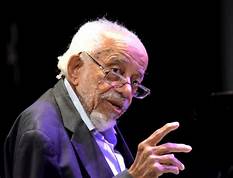
Barry Harris, the Professor of Bebop
When folks like Trane, Cannonball and Sonny Rollins were in town, they also fell by Barry’s pad to see what he was up to. Barry was only about 20 around 1950, when he took a leadership role in the jazz community, and he didn’t leave until 1960 — that long tenure magnified his influence. He didn’t need to leave because there was so much work. I titled an entire section of my book “Marcus Belgrave and his Children” — his children being the many stars he taught, including Geri Allen, Kenny Garrett, Regina Carter, Gerald Cleaver, Robert Hurst, Rodney Whitaker, and Karriem Riggins, as well as James Carter, who didn’t spend as much time with Marcus as the others but still benefited from his influence. (James’ primary mentor was a public-school teacher [and saxophonist] named Donald Washington.) Marcus came up with Ray Charles in the ‘50s and early ‘60s and there were important associations and recordings with everybody from Mingus to Wynton Marsalis. He was born inPennsylvania but from 1963 forward was based in Detroit and a direct link to the jazz aristocracy. Marcus strongly rooted all of his proteges within the tradition — bebop, swing, blues, telling a story when you improvise — but his students all found their own voices within myriad idioms. Marcus was not the only important mentor in Detroit over the last 30 or 40 years. Kenn Cox, Harold McKinney, Donald Walden, Jack Pierson, Donald Washington, and a few others made an impact; but Marcus was the defining example.

Trumpet master Marcus Belgrave was a powerful mentor for a legion of Detroit’s finest
Many of Marcus’ former students are important teachers themselves. Rodney Whitaker runs the jazz program at Michigan State University, Bob Hurst teaches at the University of Michigan, Geri Allen was running the program at Pittsburgh when she died and had just take on the role of artistic director of an arts organization in Detroit called the Carr Center. That’s all because of the legacy of Marcus.
What has the Detroit Jazz Festival meant in terms of further developing the Detroit jazz scene?
The festival — the largest free jazz festival in the world — is an important annual showcase, an opportunity for the city to celebrate its remarkable jazz heritage and remind itself of what is has created. The festival has always been devoted to the core of the art form, and it has always been an event that honored not only the homegrown icons who ascended to stardom but also the everyday heroes of the current Detroit scene. A long time ago, the festival’s former director Jim Dulzo told me that a jazz festival isn’t just a collection of musical performances or a street fair with a jazz soundtrack; it should hold up a mirror to the city’s culture and tell us something about the unique place where we live. That’s what the Detroit festival does. It’s also free, which is critical, because that infuses the event and its audiences with a beautiful democratic spirit and diversity. Detroit audiences are so incredibly knowledgeable about the music, and even folks who come to the festival who aren’t jazz aficionados are still music fans. Detroiters revere music of all types. People are so respectful. I heard Ron Carter and Pat Metheny play duets for an hour a couple weeks ago at this year’s festival — maybe 7,500 people were listening at a free outdoor festival and you could hear a pin drop during the ballads. That doesn’t happen everywhere.
In some communities there is a bit of resentment – subtle or otherwise – towards the big annual jazz festival among those who endeavor to present jazz year-round. Has there been any of that kind of reaction to the Detroit Jazz Festival?
Not really. Perhaps because the festival is free, it isn’t viewed as competition. I suppose there have been little tensions here and there, but the festival does collaborate with other institutions in town.
Obviously a book like Jazz from Detroit is heavy on the history. What is your sense of the contemporary Detroit jazz scene, and does the city continue to produce world class jazz musicians?
As I said earlier, it was important to me to bring the book up to the present day because Detroit remains a vital hone for jazz and is still an important breeding ground. The famous players who came up under Marcus Belgrave are now in their 40s and 50s and at the peak of their careers. Tenor saxophonist JD Allen, who isn’t featured in the book but could be, is another Detroiter who is a major figure on today’s scene.
The last section of the book, “Tradition and Transition in the 21st Century,” is devoted to contemporary currents in the city. I talk about the continuing importance of mentorship in the community and the increasing role that nonprofits are playing in the city in terms of jazz education. I focus on two veteran bassists — Ralphe Armstrong and Marion Hayden — who have had major-league associations but have always chosen to live in Detroit and have now also become important mentors; and two superb young musicians who are about 30, saxophonist Marcus Elliot and pianist Michael Malis. They are Marcus Belgrave’s grandchildren, because they studied with Marcus’ students like Geri Allen and Rodney Whitaker and they also played with Marcus for a few years before he died.
James Carter’s current trio includes two fellow Detroiters, Gerard Gibbs on organ and Alex White on drums. Robert Hurst leads a tremendous band stocked with mostly young Detroiters, including pianist Ian Finkelstein, saxophonist Rafael Statin, and drummer Nate Winn. They all played great. Check out Bob’s exceptional CD from last year called “Black Currant Jam.” Hell, I heard Nate playing drums with Danilo Perez’s large ensemble at the Detroit Jazz Festival [three] weeks ago and he sounded as creative and authoritative as any of his peers in New York or anywhere else. The point is: The legacy continues.
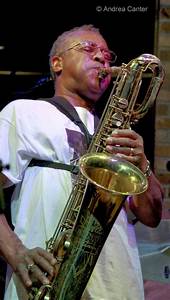
Saxophonist Donald Washington, currently based in the Twin Cities, was another of the exceptional mentors during his time in Detroit, including mentoring James Carter, and Rodney Whitaker, both of who played in Washington’s youth ensemble Bird-Trane-Sco-Now
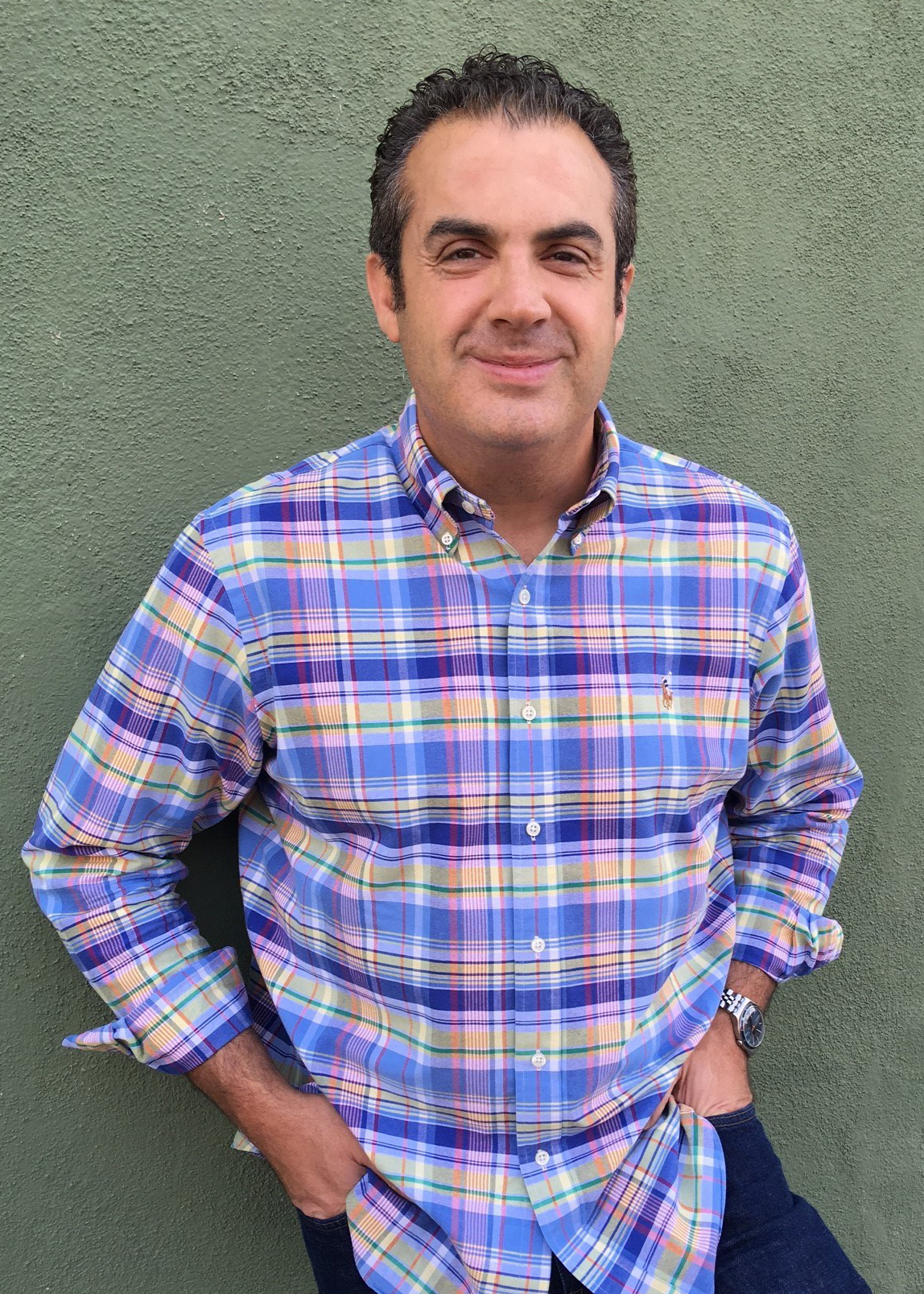 The intrepid Zev Feldman
The intrepid Zev Feldman
 The most recent Wes Montgomery “discovery”
The most recent Wes Montgomery “discovery”